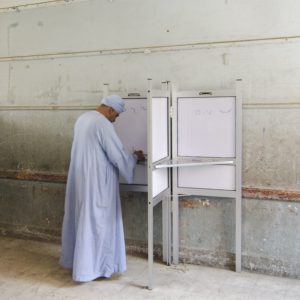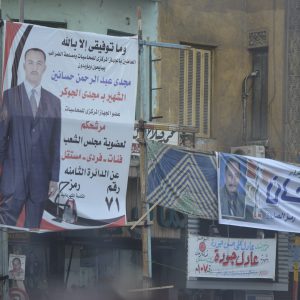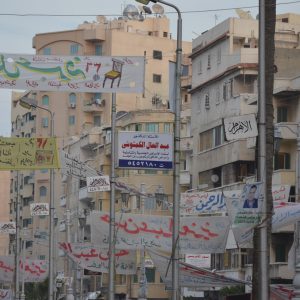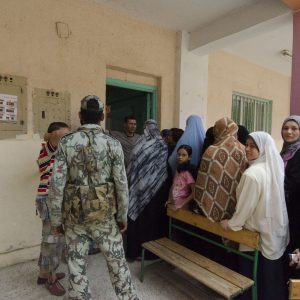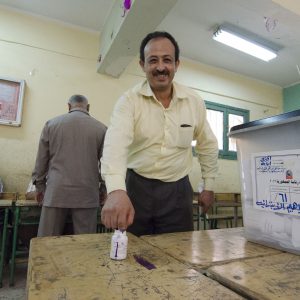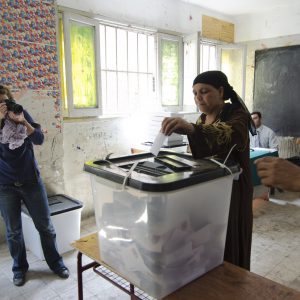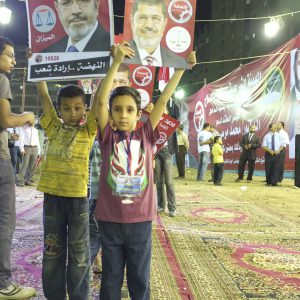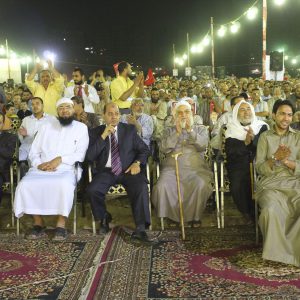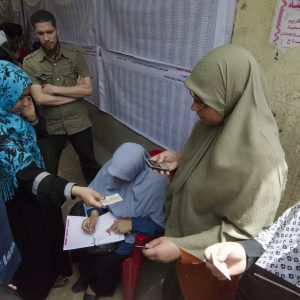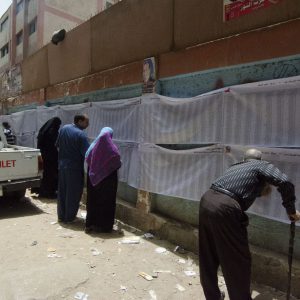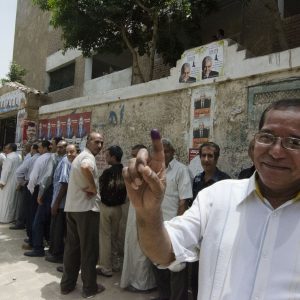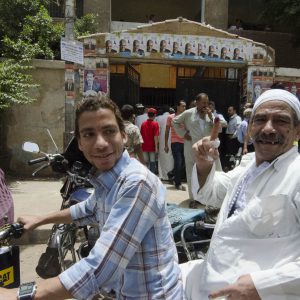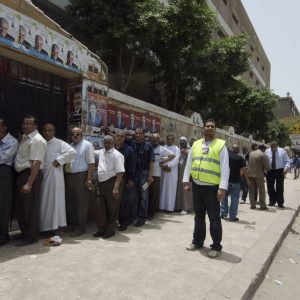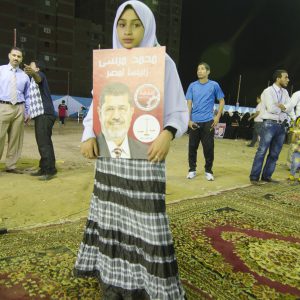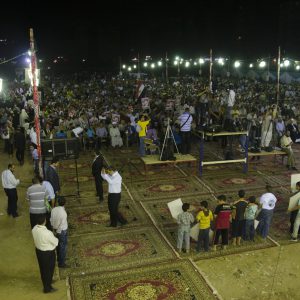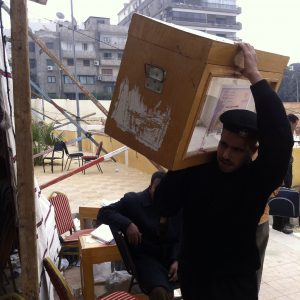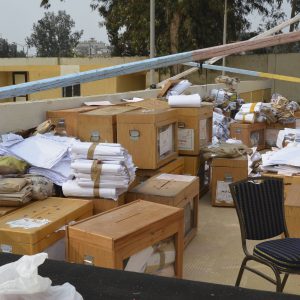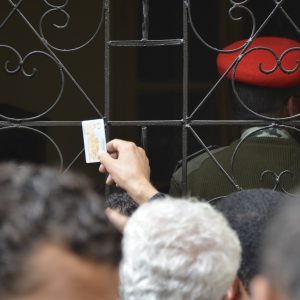In Transition: Elections as Struggle for Legitimacy
These photographs capture a pivotal phase in Egypt’s political transition following the 2011 revolution: the country’s first parliamentary and presidential elections in a generation.
For many citizens, it was the first time they actively engaged in democratic processes. People debated electoral laws, formed new political parties, and cast votes in an atmosphere of both enthusiasm and uncertainty. The experience was formative: it introduced millions to key democratic practices – from constitutional referenda to public discussions about executive power and the role of a president in a centralized system.
The streets were saturated with campaign banners, posters, and political symbols. Public spaces transformed into arenas of political contestation. The images show how people appropriated these spaces – preparing for, participating in, and reflecting on a political task that had long been monopolized by authoritarian elites.
One of the most remarkable developments was the rise of the Muslim Brotherhood as a dominant electoral force. Drawing on long-standing grassroots networks across Egypt and supported by transnational alliances and financial backing from regional actors, the Brotherhood managed to mobilize vast segments of the population in a very short period. Their ability to communicate, organize, and campaign effectively gave them a decisive edge in the post-revolutionary vacuum.
This mobilization power was both admired and feared – seen by some as proof of their democratic legitimacy, by others as a threat to pluralism. The images document not only the emergence of a new political culture but also the fragility of a system in transition – a moment suspended between the hope for democratic renewal and the pull of old and new forms of domination.

